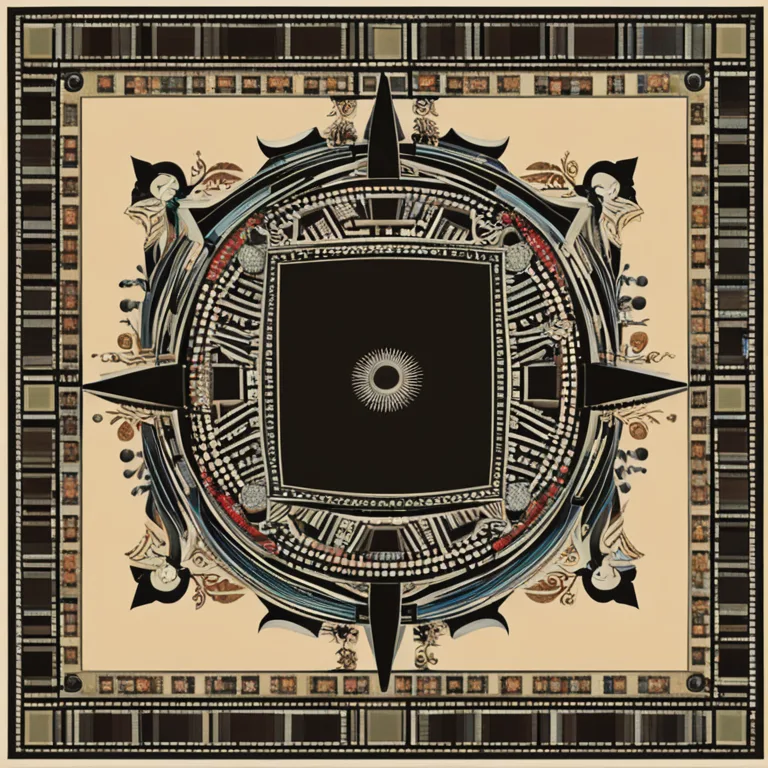
The Formation of Palm Lines: Insights into Their Origin
Discover the fascinating process behind the formation of palm lines and the factors influencing their unique patterns in human hands.
article by Nora Pennington
The Science Behind Palm Lines
Palmistry, the ancient art of reading one's fate and personality through the lines of the hand, has intrigued humans for centuries. But before diving into the mystical interpretations, it's essential to understand the biological underpinnings of how palm lines are formed. These lines, medically known as palmar flexion creases, develop in the womb and are essentially folds in the skin that assist with the hand's movement. The formation of these lines is determined by the complex interplay of genetics, intrauterine positioning, and movement of the fetal hands.

Genetic Factors Influencing Palm Lines
Our genetic code plays a crucial role in the development of palm lines. Like other physical traits, certain aspects of these lines are inherited. Research suggests that there is a strong genetic component that dictates the pattern and presence of the principal lines—the heart, head, and life lines—although the precise genetic mechanisms remain an area of ongoing study. Variations in these lines can run in families, pointing to hereditary influences that shape the unique topography of our hands.

Environmental and Developmental Contributions
While genetics lay the groundwork, environmental factors inside the womb also affect the formation of palm lines. The way the fetus moves its hands, coupled with the volume of amniotic fluid, can lead to unique patterns. Pressure exerted on the hands of the developing fetus contributes to the lines' depth and prominence. Therefore, even identical twins with the same genetic makeup can have different palm line patterns due to their individual movements and positions in the uterus.

Palm Lines and Medical Insights
Medical science often uses palm lines as indicators of certain syndromes or chromosomal disorders. A single transverse palmar crease, for instance, is frequently associated with Down syndrome and other genetic conditions. Physicians use these and other markers to build a broader picture of an individual's health. As we move into 2024 and beyond, advancements in genetic testing may provide deeper insights into the connection between palm lines and medical diagnostics.
The Ever-Evolving Nature of Palmistry
The interpretations of palm lines in palmistry continue to evolve as new generations of practitioners integrate traditional knowledge with contemporary wellness trends. While the fundamental aspects of palm lines remain the same, the frameworks in which they are analyzed may change. As mindfulness and self-reflection gain popularity, the symbolism found in the creases of our palms offers a personalized blueprint for introspection to many.
Technological Impact on Palmistry Practices
Technology, too, has its role in the modern practice of palmistry. High-resolution scans and software can analyze handprints with impressive detail, offering a more nuanced view of the lines that traditional methods might overlook. The introduction of palmistry apps and online platforms demonstrates how ancient practices are adapting to the digital age, providing users worldwide access to palm readings at their fingertips.
Published: 1/5/2024
Modified: 1/5/2024
More predictions
Come back here soon to learn more about yourself and your future


The Sun Line in Palmistry: A Ray of Personal Brilliance
Discover the significance of the Sun Line in palmistry and how it reflects your potential for prosperity, creativity, and fame in this insightful article.


The Essence of Palmistry: A Guide to Hand Analysis
Delve into the world of palmistry, the ancient practice of interpreting palms to reveal personal insights and future paths.


The Dynamic Nature of Palm Lines Explored
Discover why palm lines can change over time, delving into the science behind these shifts and what they might signify in the realm of palmistry.